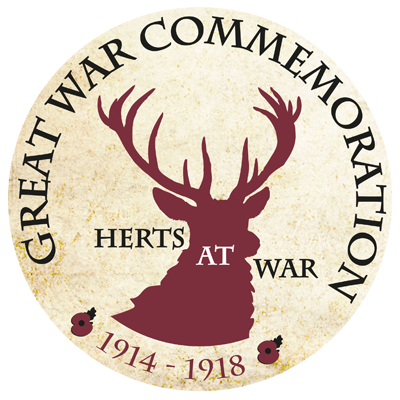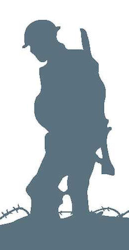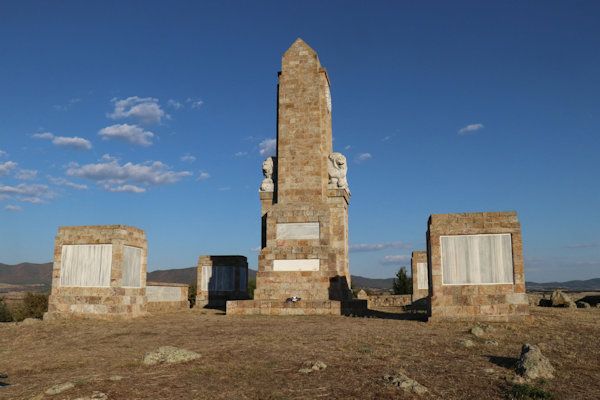Name
Nigel George Leftwich
Conflict
First World War
Date of Death / Age
15/04/1918
28
Rank, Service Number & Service Details
Lieutenant
Cheshire Regiment
2nd Bn.
Awards: Service Medals/Honour Awards
British War and Victory medals
Cemetery/Memorial: Name/Reference/Country
DOIRAN MEMORIAL
Greece
Headstone Inscription
NA
UK & Other Memorials
Rickmansworth Urban District Memorial, St. Mary's Church Memorial, Rickmansworth
Pre War
Born in 1888, christened 19th March 1903. Father George Robert Leftwich, mother Emily Ethel.
The 1901 census records the family living at Cherry Hinton, Cambridgeshire. The father George R Leftwich is 54, mother Emily E aged 43 was born in Frome, Somerset. A child aged 13 had been born at Carshalton, Surrey. Nigel George was aged 11 and had been born at Richmond Surrey. Dorothy E aged 9 and Sybil A had both been born in Uxbridge. Alice L was aged 5 and born at Ashley in Cambridgeshire and Spencer aged 1 was born at Fulborne in Cambridgeshire.
In the 1911 census the family are living at the Priory, Church Street, Rickmansworth. George Robert Leftwich aged 64 is an artist, an animal painter, born Richmond. Nigel George aged 21 is a bank clerk. Dorothy Emily is aged 19, Sybil Adela aged 16, Alice Louise aged 14 and Spencer Dynock aged 11.
Wartime Service
Previous units 28th London Regiment (County of London) Battalion (Artists Rifles), 2257.
At the time of his death he was serving as Lieutenant, 9th Cheshire Regiment, attd. 'C' Company 2nd Battalion. The 9th Cheshire's remained on the Western Front during the war, the 2nd Cheshire's went to Salonika and Macedonia.
In December 1915 Nigel arrived in Salonika where he was taken ill with malaria in September 1916 and again in December 1917. On 15th April 1918 the 2nd Cheshire's moved across Kopriva bridge to Kumli which it reached by 12.30am. It had orders to send out fighting patrols to occupy Kyupri and Bairakli before dawn, but Kyupi was found unoccupied. The battalion had to move forward at 2 am without their Lewis guns. As the day broke the officer in command would not let them go on and at 8.20 am about 550 of the enemy were seen advancing. The outposts were quickly driven in and the patrols began a fighting retirement on Kumli. The ground south-west of Kyupi afforded no cover and the patrol lost half of its strength but not before inflicting heavy casualties on the enemy. The Bairakli patrol was first bombarded then repeatedly attacked with ferocious force. One platoon beat off five assaults before it was rushed and surrounded at 11.45 am. Just at this moment the order to retire to Kumli was received. Nigel had already once been wounded when he was killed in action in operations on the Struma at Bairakli village on 15th April 1918, aged 28. About four hours after taking up position in front of Bairakli some of the enemy had got to the rear of the men. Nigel immediately took up a rifle and got tot he back of the trench to fire at them. He fired a shot when a bullet fired by the enemy passed through the head of Private William Penlington and then through the back of Lieutenant Leftwich. On being struck he fell on the back of the trench. As he was lifted gently back into the trench he lapsed into unconsciousness. While he lay wounded in the trenches and NCO replaced his cap before he was taken back. He was taken prisoner but was dead half and hours after he was shot and was buried by the Bulgars in Baraikli village.
He had joined the Artists' Rifles (28th London Regiment) as Private 2257, soon after the outbreak of the war and had been mentioned in Douglas Haig's dispatches. He was commissioned on 24th October 1915 and arrived on the Western Front a few days later. He had probably been wounded at some time as in July 1916 he was being treated in No. 4 Canadian Hospital.
Acknowledgments
Malcolm Lennox, Tanya Britton, Robert and Sally Williams



